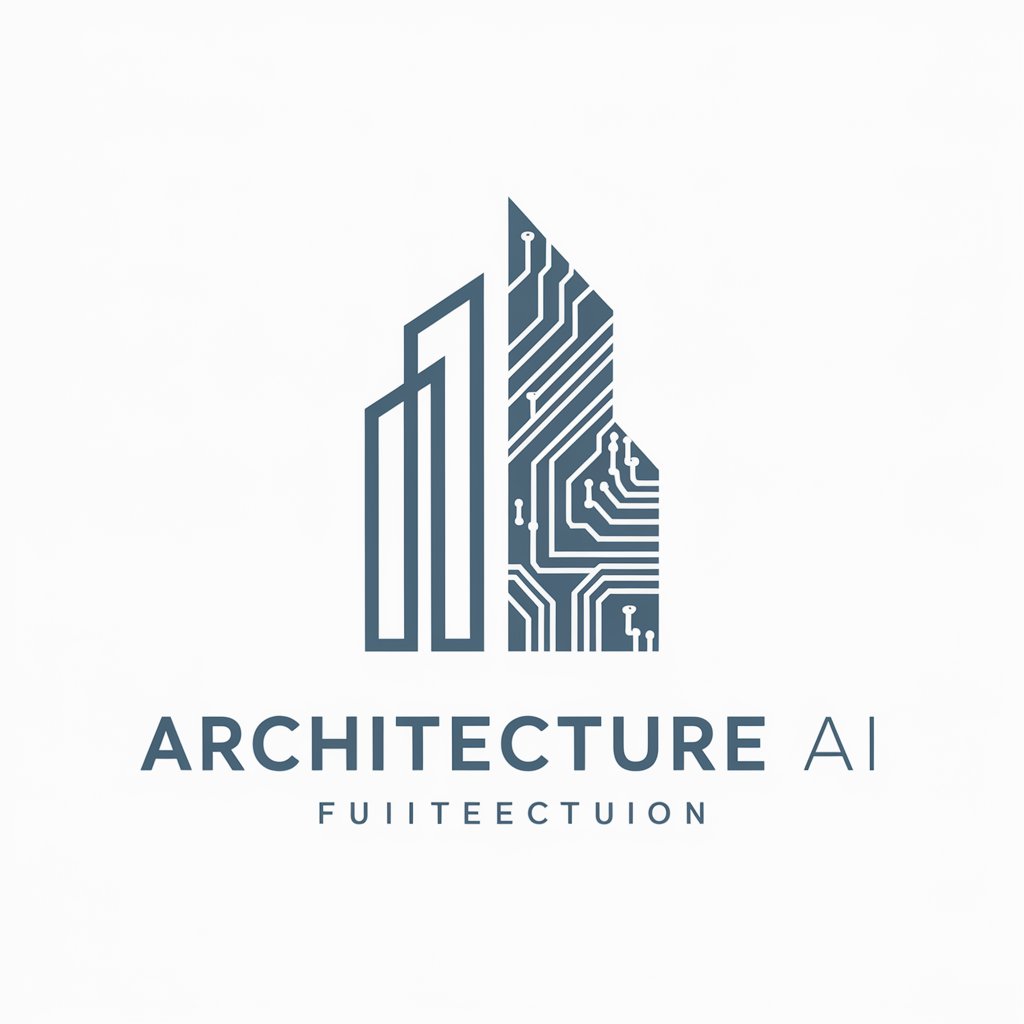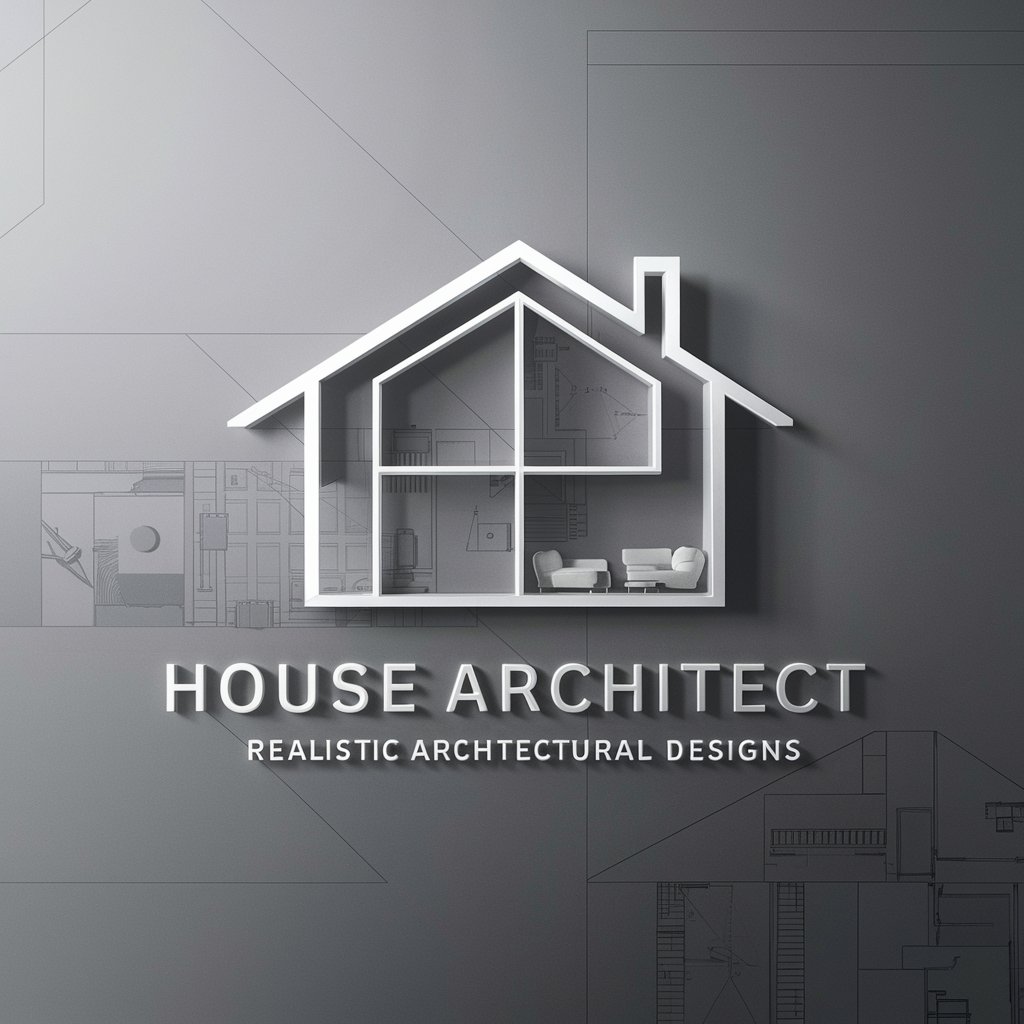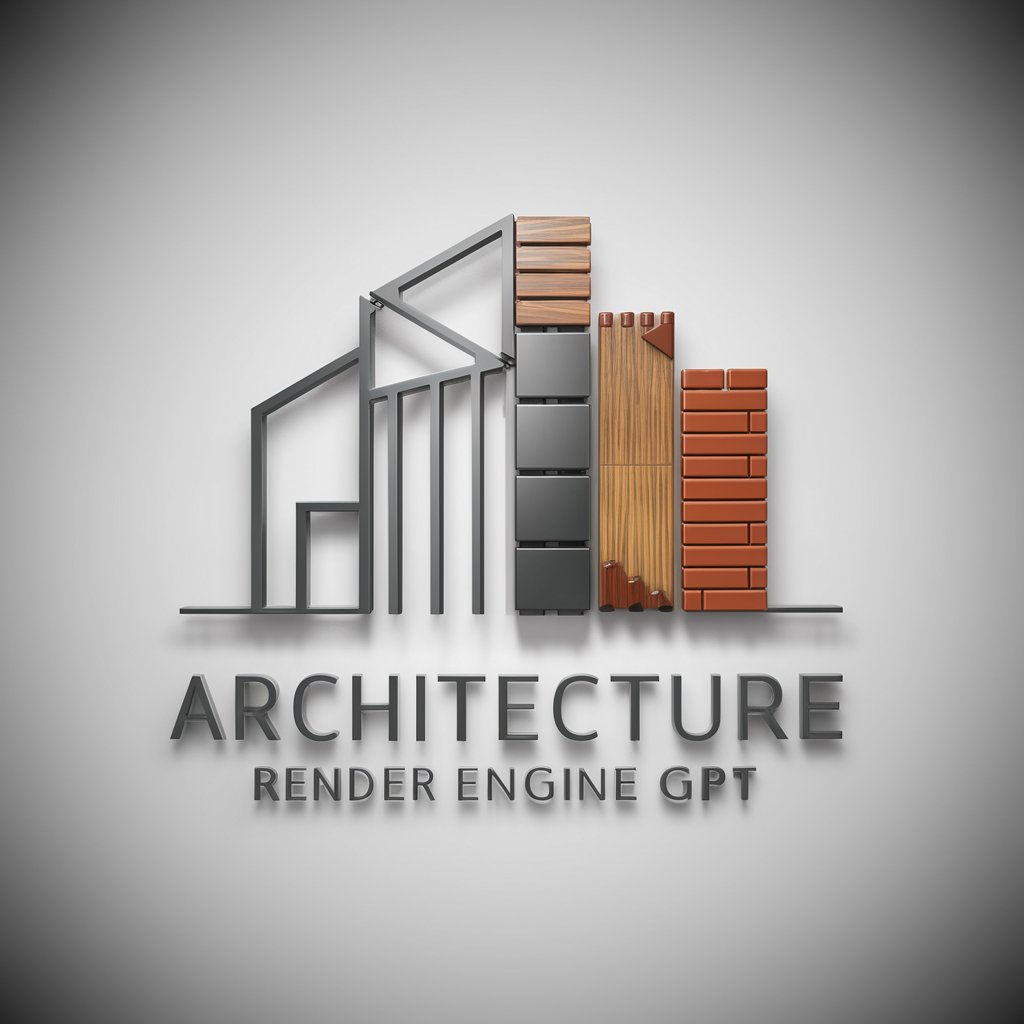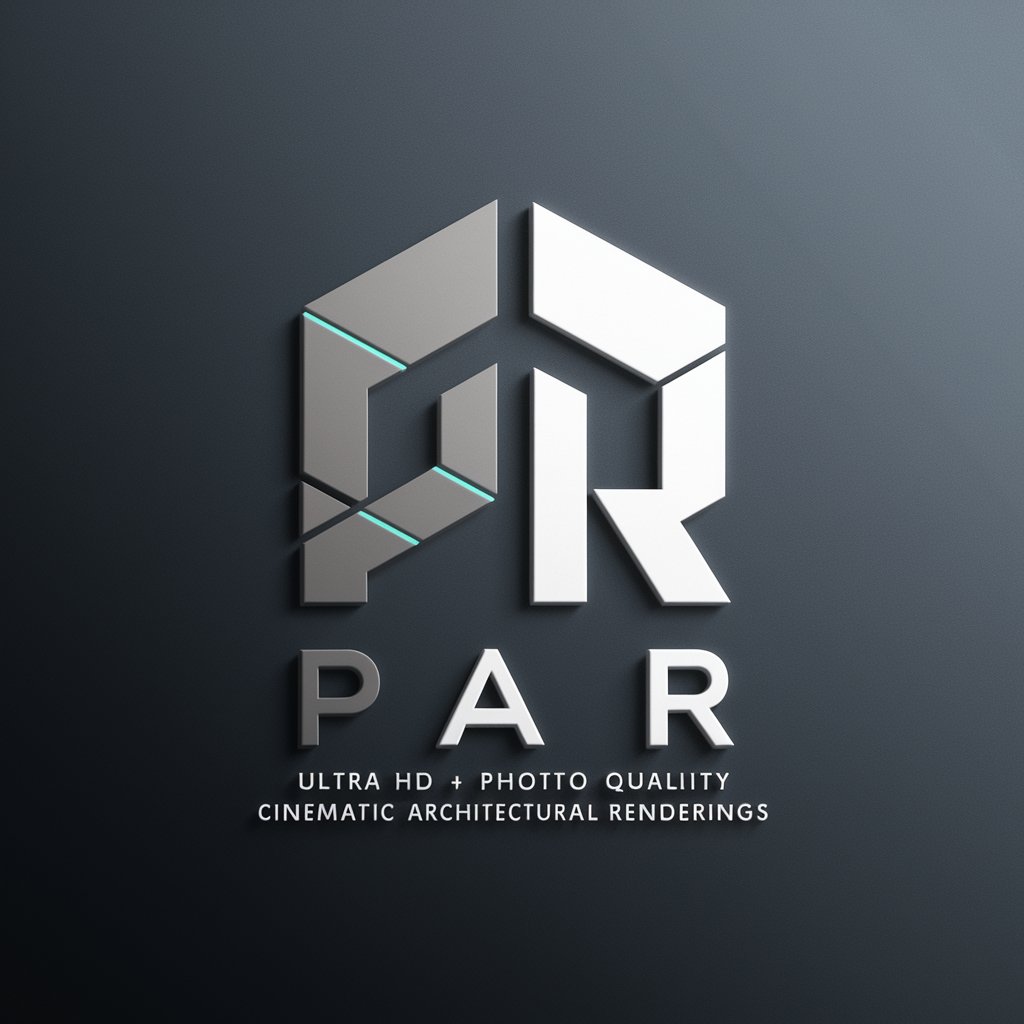
Architecture Design Photorealistic Studio - AI-powered architectural visualization tool

Great 🏦 Architecture Design Photo-Realistic View 🏦 suitable for architects, designers, and creatives. It generates drawings of building facades and styles across historical, modern and contemporary architectures, both public and private, facilitating the
AI-powered photorealistic architecture design
NEW USERS - Read me -
NUOVI UTENTI - Leggimi -
NOUVEAUX UTILISATEURS - Lisez-moi -
NUEVOS USUARIOS - Léeme -
Get Embed Code
Introduction to Architecture Design Photorealistic Studio
Architecture Design Photorealistic Studio is a specialized tool focused on creating high-quality, photorealistic renderings of building exteriors. Its main purpose is to support architects, designers, engineers, and creative professionals by providing visual representations of architectural ideas that closely mimic real-world environments. This helps users visualize their designs as they would appear in real life, with accurate lighting, materials, and textures. The tool excels in providing realistic images of various architectural styles, from modern office buildings to classical villas, while maintaining a clear focus on exterior design. Examples include visualizing residential developments in urban settings, showcasing public building designs before construction, or presenting detailed renderings of luxury homes to potential buyers. Powered by ChatGPT-4o。

Main Functions of Architecture Design Photorealistic Studio
Exterior Building Renderings
Example
A developer designing a new residential complex wants to present a photorealistic image of the buildings to investors. The Studio creates detailed renderings, highlighting the architectural features such as brick facades, large windows, and modern finishes.
Scenario
In real estate development, showcasing the future appearance of buildings through realistic renderings can help secure investment and approvals from stakeholders. For instance, a new apartment block design can be rendered in a suburban neighborhood, showing how it will fit with the existing landscape and infrastructure.
Stylistic Visualizations
Example
An architect working on a renovation project of a historical building requires an accurate representation of the new façade with added modern touches. The Studio can create photorealistic images blending the historical architecture with contemporary materials like glass and steel.
Scenario
This function is useful in heritage building restoration projects, where stakeholders need to visualize how modern interventions will impact the historical appearance of a structure. The tool can render different versions of the design, allowing comparisons and decision-making regarding the project's final look.
Material and Texture Simulation
Example
A client wants to see how a specific combination of materials like marble, wood, and steel will look on their commercial building. The Studio simulates these textures in a highly realistic way, providing multiple views and lighting conditions to assess how the materials perform.
Scenario
In architecture, choosing the right materials is crucial. Designers can use the Studio to simulate various material choices on their buildings, examining how sunlight, shadows, and weathering will affect the exterior. This can guide material selection by offering a lifelike preview before construction.
Architectural Competition Visuals
Example
An architecture firm entering a design competition needs a high-quality rendering of their concept for a futuristic museum. The Studio provides a photorealistic image that conveys the innovation and aesthetics of their design.
Scenario
For design competitions, having a visually striking, yet realistic rendering of the concept can make a difference in the selection process. This function helps architects and designers present their ideas in the most compelling way possible, by showing exactly how the building would appear if constructed.
Ideal Users of Architecture Design Photorealistic Studio
Architects and Architectural Firms
Architects benefit from using the Studio to create realistic visualizations of their projects during the design phase. Whether it's a residential home, a public building, or a commercial space, architects use photorealistic renderings to communicate their vision to clients, city planners, and other stakeholders. These renderings help in finalizing designs and gaining approvals.
Real Estate Developers
Real estate developers use the Studio to create marketing materials for new properties. They rely on photorealistic renderings to show potential buyers and investors what the finished buildings will look like, helping to generate interest and pre-sales. This is especially useful for large developments that may take years to complete.
Interior Designers (Focusing on External Aesthetics)
Although primarily focused on interiors, some designers need to visualize how their interior projects relate to the building's exterior. The Studio helps these designers provide holistic visualizations that include the building's external façade, showcasing how the interior and exterior designs interact.
Urban Planners and Municipal Authorities
Urban planners and municipal bodies use the Studio to visualize new urban projects, such as parks, public facilities, or infrastructure upgrades. The tool helps assess how new constructions will fit into the urban landscape, considering factors like aesthetics, spatial relationships, and environmental impact.
Construction and Engineering Firms
Engineering and construction firms can utilize the Studio to visualize technical aspects of a project, like structural designs and material usage. These renderings allow stakeholders to see detailed representations of complex architectural solutions before construction begins, ensuring that design and engineering are aligned.

How to Use Architecture Design Photorealistic Studio
1
Visit yeschat.ai for a free trial without login, also no need for ChatGPT Plus.
2
Define your building's exterior by providing a detailed description of the structure you want to visualize, including style, materials, and key architectural features.
3
Choose any geographical or historical context for the design, if applicable, to get a more tailored photorealistic rendering.
4
Submit your prompt and wait for the AI to generate a detailed photorealistic image based on your specifications.
5
Review the generated image and refine your input for adjustments if necessary, to ensure the design meets your needs.
Try other advanced and practical GPTs
Cố Vấn Nhân Sinh
AI-driven insights for life improvement

LaTeX
AI-powered LaTeX editor for professionals

Dominant Girlfriend
AI-Powered Virtual Girlfriend for Playful Interaction

JSON
AI-powered JSON made simple

Microphage-1
AI-driven writing for optimal UX

Jest Test Builder
AI-generated tests for smarter coding

ThepExcel GPT
AI-Powered Excel and Power BI Assistance.

Football GPT
AI-powered football insights at your fingertips

日本語LINEスタンプメーカー
Create custom LINE stickers with AI.

Speak AI: English Conversation Practice&Writing
AI-powered tool for mastering English

Speaking with professor Emma - Your Private Tutor
AI-powered language learning and correction.

talking with Kate丨practice writing&speaking skills
Master English with AI-Powered Practice

Q&A About Architecture Design Photorealistic Studio
What types of buildings can I generate with this tool?
You can generate a wide variety of building types including residential homes, public buildings, office spaces, and historical structures. The focus is always on the exterior architecture.
Can I specify materials and design details?
Yes, you can specify the materials, design elements like columns, windows, doors, and even the geographical or historical context to create a more personalized rendering.
Is this tool suitable for professional architects?
Absolutely. The tool is designed for architects, designers, engineers, and anyone in the construction industry who needs detailed, photorealistic exterior visualizations.
Does the tool provide interior design renderings?
No, this tool focuses exclusively on exterior architectural design. For interior renderings, you can explore other tools like the Interior Design Photorealistic Studio.
What makes this tool different from other architecture visualization software?
This tool is AI-powered and allows users to generate detailed photorealistic images without needing advanced design software. It's quick, accessible, and requires minimal setup or experience.





